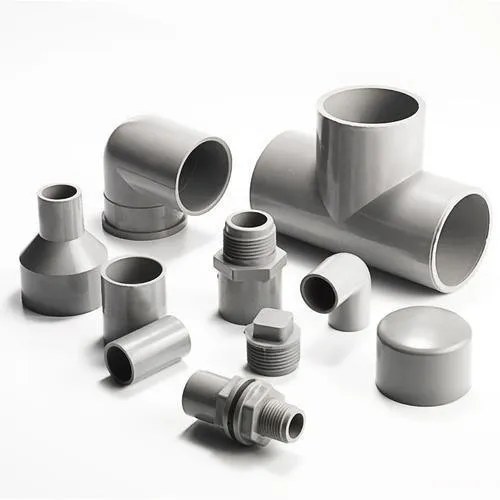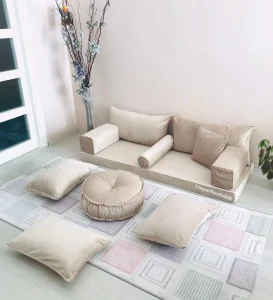Types of Plumbing Fittings

There are a lot of choices when it comes to plumbing pipes and fittings. You can choose from cast iron, copper, PVC and galvanized steel.
Pipe fittings adapt straight sections of pipe to different shapes and sizes. They also control or regulate fluid flow. Most are made of the same material as the pipe they connect to.
Elbow
A plumbing elbow is a type of pipe fitting that allows you to change the flow direction of a pipeline. Its use is widespread, particularly in sewage systems. They also serve in gas and water supply lines. These elbows have a female hub or FIP (Female Iron Pipe) connection on both ends. The etymology of the name is unclear. It may be derived from the fact that they are often used to connect meter boxes to pipes in the street.
Elbows are available in two standard types, 90 and 45 degrees. They are also available in long and short radius forms. Long-radius pipe bends are preferred for fluid transportation lines that require pigging because they allow a smooth change of direction and produce fewer pressure drops.
Tee
A tee is a pipe fitting that is used to connect one line to another. It’s available in various sizes and is shaped like the letter “T.” It has two parallel ports and a perpendicular port. It can be made from a variety of materials, including acrylonitrile butadiene styrene plastic (ABS), brass, and chlorinated polyvinyl chloride (CPVC). It’s considered sturdier than a cross fitting.
Plumbing fittings are essential for a variety of tasks, from changing the direction of the pipe run to reducing water flow resistance. They also help to prevent blockages and improve sewage pipe networks. In addition, these fittings are easily installed and can be used with any type of pipe. This means that they save you time and money on plumbing jobs and repairs.
Wye
Sanitary wyes are shaped like a lowercase “Y” and feature two inlets that join at about 45 degrees into a single outlet in drain applications. This fitting is used to redirect waste from a vertical line into a horizontal one, helping prevent backflow and clogs in the drainage system.
Unlike the sanitary tee, a wye has a smoother angling that reduces friction and turbulence in liquid flow. This makes it the preferred choice for transferring water from a vertical drain pipe to a horizontal one.
These plumbing fittings come in a variety of docking forms, including a half coupling and reducing coupling. They also include a short pipe stub with male pipe threads at each end, called a nipple. A nipple can help you connect other plumbing fixtures with ease, while also protecting your pipes from leaking and reducing stress.
Plug
The plug is a type of plumbing fitting that is used to close pipe openings. It is similar to a cap, but it fits into the threaded pipe opening. These fittings are commonly used in sewer systems and are also found at cleanout locations.
They can withstand higher temperatures than other types of plumbing fittings. They are also resistant to corrosion and have a high level of resilience. This makes them ideal for hot water distribution systems.
They are easy to use, which helps reduce installation errors and leaks. They can also be installed in tight spaces where compression fittings cannot. However, it is important to follow manufacturer’s recommendations and instructions.
Cap
A cap is a pipe fitting that covers the end of a pipe. It helps protect pipes from dirt, dust, liquids, and other contaminants. It also helps prevent water hammer and excess pressure. The caps come in a variety of sizes and types.
It’s important to properly solder the cap to avoid leaks. First, light a propane torch and make sure it has a strong and consistent cone-shape flame with a blue center. Then, unwind 7 inches of solder wire.
Both caps and plugs are used to close piping ends. They prevent dirt, dust, moisture, and other contaminants from entering the opening during manufacturing, masking, storage, and transportation. They are also commonly used in piping dead ends and at future connections. They are often cheaper than blind flanges.





